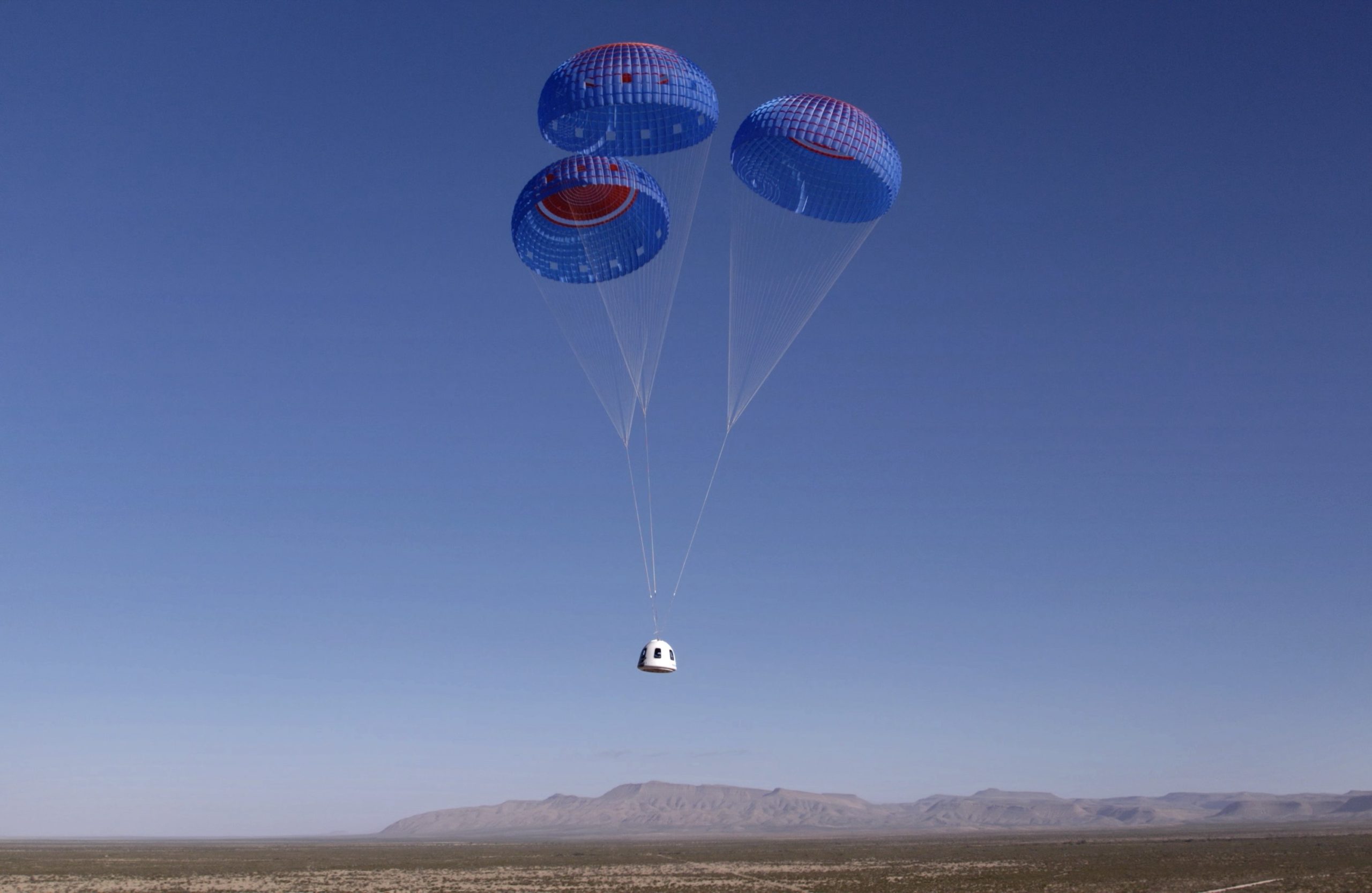The Perseverance rover is hard at work inside Jezero crater on the surface of Mars, some 395 million kilometers (245 million miles) away from Earth, studying the Red Planet in ways we had never been able to accomplish before. After its launch in July of 2020 and its landing just a few months back last February, the rover, along with its pioneering companion drone Ingenuity, has been exploring the rusty red surface of the planet, seeking areas programmed in its telemetry to begin its study of the planet. One of its targets is to obtain rock core samples of the Martian surface—part of the Mars Sample Return program—to be sent back to Earth through future missions years down the line. Luckily for us, “Percy” managed to successfully drill into Martian surface rock and obtain a core sample; this was the second time around, though, and it wasn’t so successful the first time around.
Around the 5th of August in 2021, Percy attempted its first sample collection using its coring equipment. This sampling would be humanity’s first chance at obtaining untarnished Martian rock, which makes this mission imperative. The rover’s drill equipment and sample containment mechanism was designed to be operated from hundreds of millions of kilometers away, and was analogous to core sampling methods geologists use today. (One of these missions became newsworthy just a few months back for drilling what was the deepest hole in the ocean at the time.) The equipment attached to the rover for this purpose has been tested several times back here on Earth to check and double-check for errors and mishaps; the National Aeronautics and Space Administration (NASA), at the time, seemed confident that Percy would be successful. Of course, now that we have the benefit of hindsight, we know that their hopes would end up being dashed.
Signals from the rover appeared to have recognized that a sample was definitely obtained and sealed; however, once the rover’s machines attempted to measure the volume of the material obtained, they got no result. The scientists scratched their heads and peeked inside the sample tube using one of Percy’s cameras, and they found nothing but dust inside the tube. As it turns out, we don’t really know the Red Planet as much as we think we do; the Martian site they sent Percy to unexpectedly had pretty crumbly rocks, and the rover’s drill just ground the rock to bits instead of carving out a piece of it.
Now, a month later, Percy finally manages to obtain a sample properly. After moving the rover to a new site (still within Jezero crater), Percy seemed to have properly obtained a rock sample this time. The rock core sample was only slightly thicker than a standard pencil, and like the first time around, was housed in a titanium tube, to be obtained and sent back to Earth through future missions to Mars.
Said NASA Administrator Bill Nelson: “NASA has a history of setting ambitious goals and then accomplishing them, reflecting our nation’s commitment to discovery and innovation. This is a momentous achievement and I can’t wait to see the incredible discoveries produced by Perseverance and our team.”
NASA headquarters’ associate administrator for science Thomas Zurbuchen added that this was “truly a historic moment,” mentioning that the event was as momentous as the sampling of lunar soil attempted before from the Apollo missions, as they “will be doing the same with the samples Perseverance collects as part of our Mars Sample Return program.” He continued: “Using the most sophisticated science instruments on Earth, we expect jaw-dropping discoveries across a broad set of science areas, including exploration into the question of whether life once existed on Mars.”
Percy will continue to collect more rock core samples as it progresses through its mission path. As part of the Mars Sample Return program, these samples will be obtained in the future through a collaboration between NASA and the European Space Agency (ESA), where a mission is being planned to collect these samples then return them to Earth for study—another potential historic first for humanity.
For more information about the Perseverance rover, check out this video revealing just what went on behind the scenes during its launch last year. You can also read more on how Percy created oxygen on Mars through MOXIE, one of its onboard instruments.
Bibliography
- Mars Exploration Program. (2021, September 6). NASA’s Perseverance Rover Collects First Mars Rock Sample. NASA Science Mars Exploration Program. Retrieved September 20, 2021, from https://mars.nasa.gov/news/9029/nasas-perseverance-rover-collects-first-mars-rock-sample/
- Szondy, D. (2021, September 4). Perseverance rover captures core Earth-return sample on second attempt. New Atlas. Retrieved September 20, 2021, from https://newatlas.com/space/perseverance-rover-captures-core-earth-return-sample-on-second-attempt/
- Wei-Haas, M. (2021, August 12). NASA’s first Mars sample appears to have crumbled to bits. National Geographic. Retrieved September 20, 2021, from https://www.nationalgeographic.com/science/article/mystery-swirls-around-nasa-perseverance-rovers-failed-sample-attempt











